Allergy
Skin allergies, also known as allergic dermatitis or contact dermatitis, occur when the skin comes into contact with a substance that triggers an immune response. This immune response can result in redness, itching, swelling, and other symptoms. Substances that commonly cause allergic reactions include certain metals (such as nickel), latex, fragrances, preservatives in cosmetics, plants like poison ivy or poison oak, and certain medications. If you suspect you have a skin allergy or are experiencing persistent symptoms, it's important to seek advice from a healthcare professional or dermatologist. They can help identify the allergen, recommend appropriate treatments, and provide guidance on managing and preventing future allergic reactions.

Bacterial Infection
Bacterial infections occur when harmful bacteria enter the body and multiply, leading to an immune response and the manifestation of symptoms. Bacteria are single-celled microorganisms that can cause a wide range of infections in various parts of the body. Infection of the lungs that can cause symptoms such as cough, chest pain, fever, and difficulty breathing. Inflammation of the bronchial tubes, leading to cough, mucus production, and chest discomfort. Treatment for bacterial infections typically involves antibiotics, which are medications specifically designed to target and kill bacteria. It's crucial to complete the full course of antibiotics as prescribed by a healthcare professional, even if symptoms improve before the medication is finished. Inappropriate use of antibiotics, such as stopping them prematurely, can contribute to antibiotic resistance.


Fungal Infections
Fungal infections are common skin conditions caused by various types of fungi. They can occur on different parts of the body, including the skin, nails, and scalp. Fungal infections are usually not serious but can be uncomfortable and unsightly. There are several types of fungal infections, and each requires different treatment approaches. Fungal infections, also known as mycoses, are infections caused by fungi. Fungi are diverse microorganisms that can be found in various environments, including soil, plants, and animals. While most fungi are harmless or even beneficial, some can cause infections in humans and other animals. Fungal infections can affect various parts of the body and can range from mild and superficial to severe and systemic.
Viral Infection
A viral infection is caused by the invasion of the body by viruses, which are small infectious agents that can only replicate inside the cells of living organisms. Viruses can infect various tissues and organs, leading to a wide range of illnesses. Common examples of viral infections include the flu, common cold, COVID-19, and viral gastroenteritis. Many viral infections are self-limiting, and treatment primarily involves supportive care, such as rest, hydration, and over-the-counter medications to alleviate symptoms. It's important to consult with healthcare professionals for accurate diagnosis and appropriate management of viral infections. They can provide guidance on specific treatments, antiviral medications (if available), and help monitor and manage symptoms.

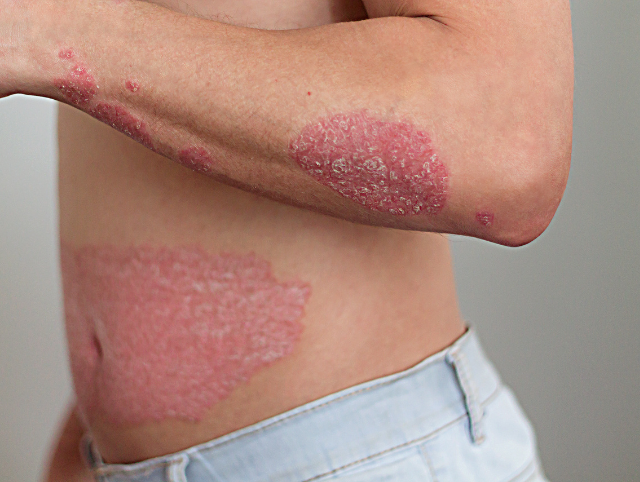
Psoriasis
Psoriasis is a chronic autoimmune skin disorder characterized by the rapid and excessive growth of skin cells. This abnormal cell growth results in the formation of thick, red, scaly patches on the skin. Psoriasis can affect any part of the body and often occurs in cycles of flare-ups and periods of remission. It is not contagious, and its exact cause is not fully understood, but it is believed to involve a combination of genetic and environmental factors. Psoriasis is a chronic condition with no cure, but various treatments can help manage symptoms and improve the quality of life for individuals with psoriasis. It's important for individuals with psoriasis to work closely with a dermatologist professional to develop a personalized treatment plan based on the specific type and severity of psoriasis. These are a newer class of medications that target specific parts of the immune system involved in psoriasis. Biologics are often used for moderate to severe psoriasis.
Eczema
Eczema, also known as atopic dermatitis, is a chronic skin condition characterized by inflammation, redness, itching, and the development of rash-like patches on the skin. It often occurs in individuals with a personal or family history of allergies, asthma, or hay fever. Eczema is not contagious, and its severity can vary from mild to severe. Eczema is associated with an overactive immune response, leading to inflammation in the skin. Identifying and avoiding triggers that worsen eczema symptoms is important for managing the condition. This involves applying a wet dressing over moisturized skin to help soothe and hydrate. It's important for individuals with eczema to work closely with a dermatologist or healthcare professional to develop a personalized treatment plan.
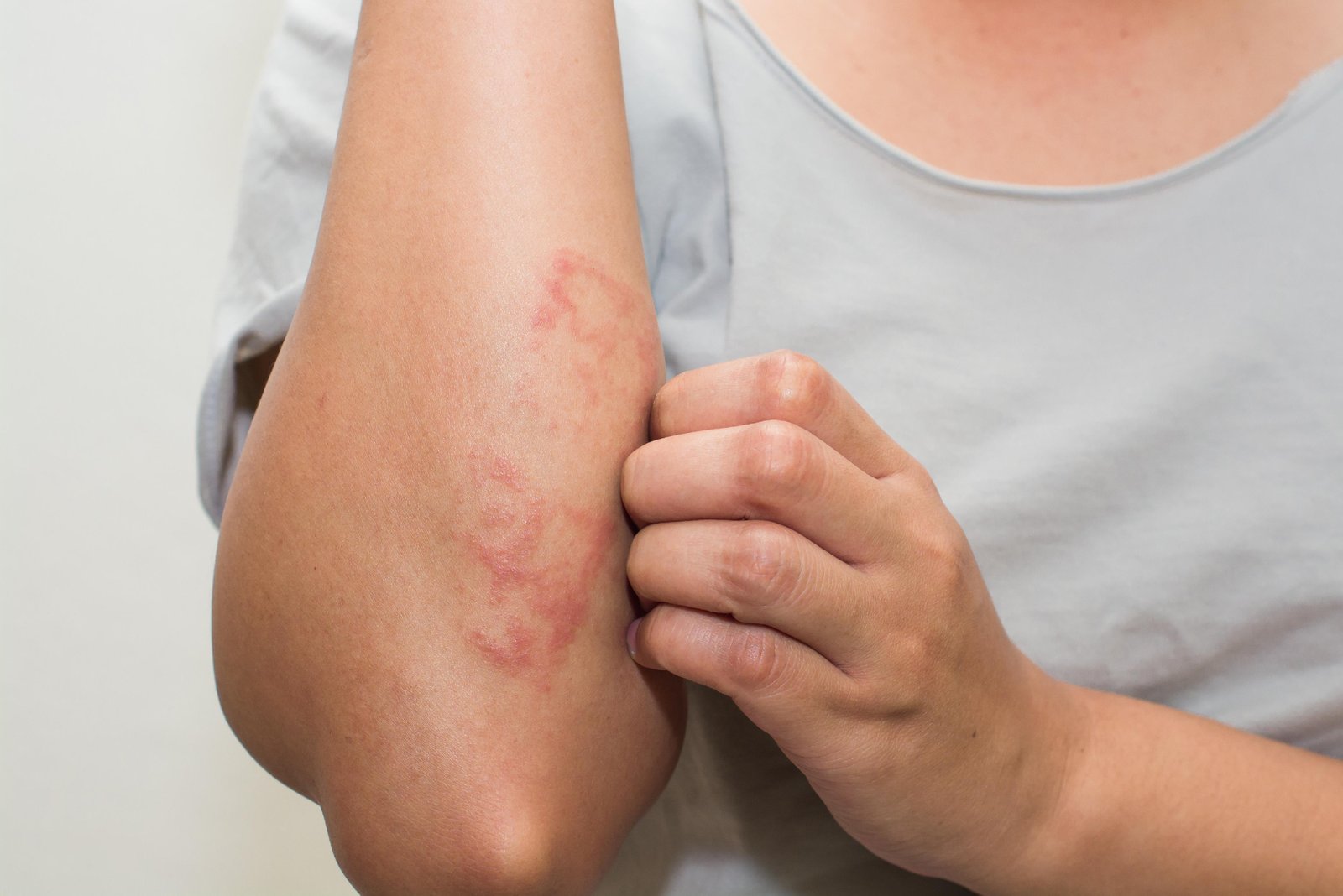

Pigmentary Disorder
Pigmentary disorders refer to conditions that affect the coloration of the skin. These disorders can manifest as changes in pigmentation, leading to darker or lighter areas on the skin. Pigmentation is primarily determined by melanin, the pigment responsible for skin, hair, and eye color. Various factors, including genetics, sun exposure, inflammation, and hormonal changes, can contribute to pigmentary disorders. It's essential to consult with a dermatologist for an accurate diagnosis and appropriate treatment plan for pigmentary disorders. Treatment options will vary depending on the specific disorder, the extent of pigmentation changes, and individual factors such as skin type and medical history. Sun protection is often a crucial aspect of managing pigmentary disorders to prevent further pigmentation changes.
Urticaria
Urticaria, commonly known as hives, is a skin condition characterized by the sudden appearance of raised, red, and itchy welts or wheals on the skin. These welts can vary in size and shape and may change in appearance within minutes to hours. Urticaria is often caused by an allergic reaction but can also result from other factors. If you experience persistent or severe hives, or if you have difficulty breathing or other signs of anaphylaxis, seek immediate medical attention. A healthcare professional, often a dermatologist or allergist, can help determine the underlying cause of urticaria and recommend an appropriate treatment plan. For severe allergic reactions (anaphylaxis) associated with urticaria, an epinephrine auto-injector may be prescribed. Wearing loose-fitting clothes, avoiding hot baths or showers, and using cool compresses can help alleviate symptoms.
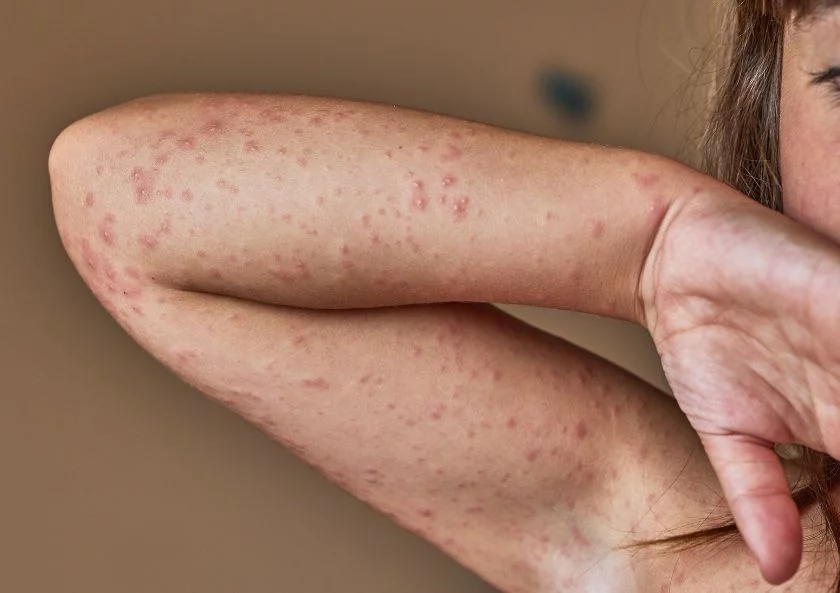
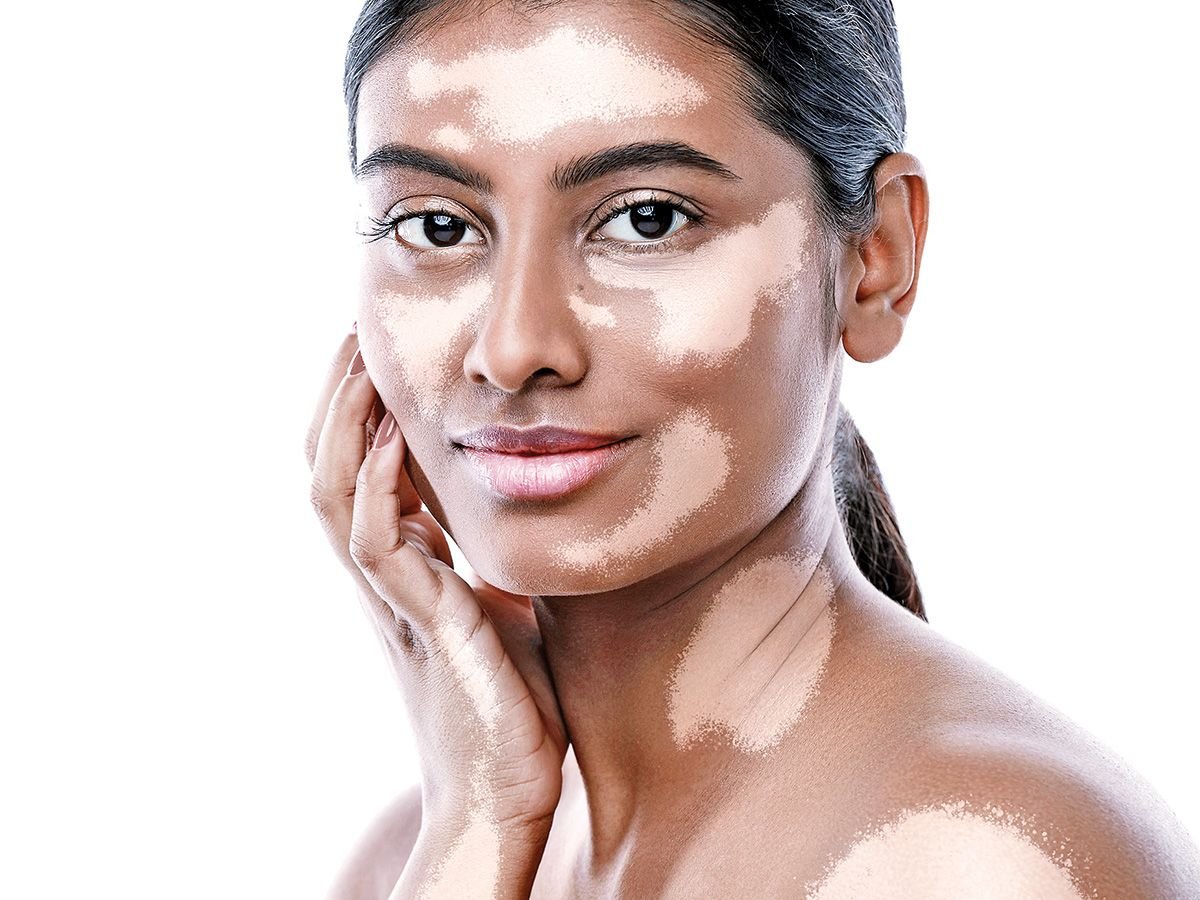
Vitiligo
Vitiligo is a skin condition characterized by the loss of pigment in certain areas of the skin, resulting in white patches. While there is no cure for vitiligo, there are several treatment options available to manage and improve the condition. The effectiveness of treatments can vary from person to person, and what works for one individual may not work for another. It's essential to consult with a dermatologist to determine the most appropriate treatment plan for your specific case. It's crucial to note that treatment outcomes can vary, and some treatments may have potential side effects. Additionally, not all treatments are suitable for every individual. A dermatologist will consider factors such as the extent of vitiligo, the individual's overall health, and personal preferences when developing a treatment plan.
Pemphigus
Pemphigus refers to a group of rare autoimmune disorders that affect the skin and mucous membranes, causing blistering and erosions. These conditions occur when the immune system mistakenly targets and attacks certain proteins within the skin and mucous membranes, leading to the separation of skin layers and the formation of fluid-filled blisters. Pemphigus can be a serious and potentially life-threatening condition. There are several subtypes of pemphigus, with pemphigus vulgaris and pemphigus foliaceus being the most common. Medications like azathioprine, mycophenolate mofetil, or rituximab may be used to reduce the immune system's activity. In some cases, IVIG may be administered to modulate the immune system.
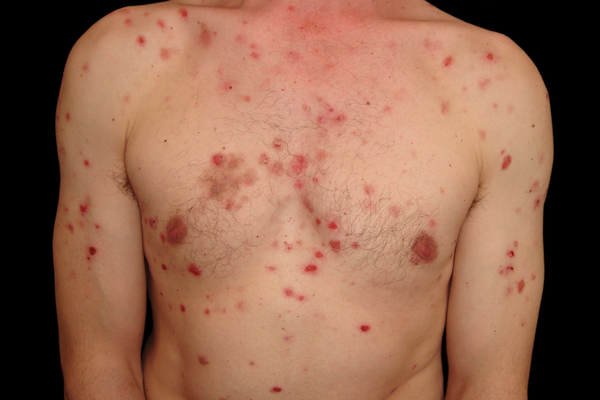
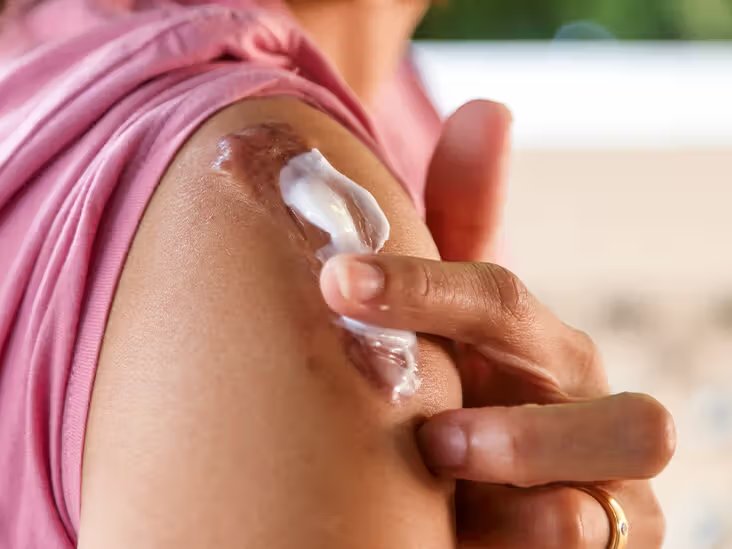
Keloids
Keloids are raised overgrowths of scar tissue that can develop at the site of a wound, injury, or surgical incision. While they are not harmful, they can be cosmetically bothersome and may cause itching or discomfort. Keloids can be challenging to treat, and the effectiveness of treatments can vary from person to person. Combination therapies and a tailored approach based on the individual's characteristics are often necessary. Additionally, keloids may have a tendency to recur even after successful treatment. Consultation with a dermatologist or a specialist in scar management is crucial to determine the most appropriate treatment plan for your specific situation. Interferon injections may be used to help prevent the formation of new keloids or reduce the size of existing ones. This treatment is not commonly used due to side effects.